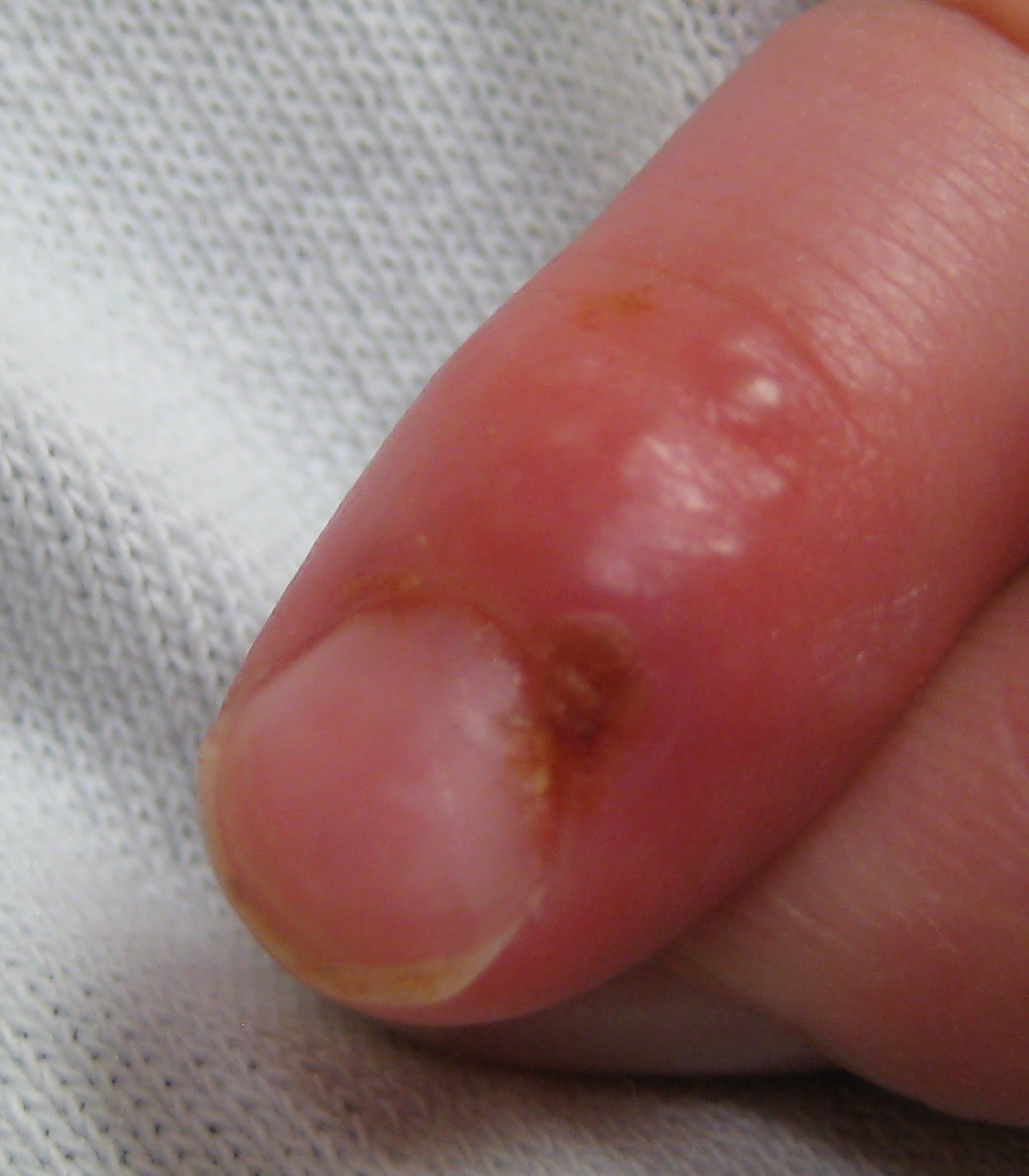Herpes simplex virus 1(HSV-1 ) and Herpes simplex virus-2 (HSV-2)
mainly impact the mouth and genital regions, respectively. These viruses are
often shed without symptoms, especially HSV-2 from the genital area. Many
infected people shed the virus monthly, possibly leading to transmission. Those
with symptom-free HSV-2 shed the virus less than those with symptoms. Clinical
signs usually point to reactivation. Shedding of HSV-2 decreases after the
first year post-initial infection, but shedding persists for years.
HSV-2 is a common cause of genital sores in developed
nations, but studies reveal that HSV-1 is more prevalent for genital and oral
lesions in young US women. Most US individuals with HSV-2 are unaware of their
infection. HSV-2 presence increases the risk of acquiring HIV, particularly in
those who are seropositive, and reactivation is more frequent in advanced HIV.
Interaction with HSV proteins raises HIV replication. Managing HSV-2 reduces
HIV levels and genital shedding, aiding in curbing HIV sexual transmission.
Clinical Signs & Symptoms
1. Mucocutaneous Infections: HSV-1 causes mucocutaneous
diseases like "herpes labialis" and "gingivostomatitis."
Whitlows (digital lesions) are common in medical and dental fields, while
contact sports can lead to "herpes gladiatorum" skin outbreaks.
Vesicles form painful ulcers, usually healing in 1-2 weeks untreated.
Recurrences with fewer, faster-healing labial lesions are triggered by factors
like stress, fever, and sunlight.
2. Ocular Issues: HSV can induce uveitis, keratitis,
blepharitis, and keratoconjunctivitis, corneal ulcers sometimes causing uveitis, scarring, and
blindness. It's a notable cause of acute retinal necrosis.
3. Central Nervous System (CNS) Involvement: HSV-1 is linked to encephalitis and HSV-2 to aseptic meningitis, but both can cause encephalitis. Symptoms include flu-like prodrome, seizures, and focal disturbances. The temporal lobe is often affected. Untreated cases or coma presentation carry high mortality. Ischemic stroke can occur due to HSV-induced cerebral vasculitis. Neurologic issues are common after survival.
4. Neonatal & Congenital Impact: Rarely, HSV-1 or HSV-2
infect fetuses, possibly causing congenital malformations. Neonatal
transmission during delivery is more common. Neonatal herpes rates are around
10 cases per 100,000 live births. Maternal infection in the third trimester
poses the highest risk, with many cases going unnoticed. Invasive monitoring and
specific deliveries increase transmission risk.
5. Dissemination & Immunosuppression: Immunocompromised
individuals can experience disseminated HSV infections, affecting the skin,
potentially without lesions. Atopic eczema patients can develop eczema
herpeticum. Pneumonia can occur regardless of immune status.
6. Bell's Palsy: HSV-1 can lead to Bell's palsy, facial
nerve paralysis.
8. Skin Conditions: HSVs cause erythema multiforme and more
severe Stevens-Johnson syndrome/toxic epidermal necrolysis.
9. Miscellaneous Impacts: HSV can contribute to rare cases
of acute liver failure (high mortality), respiratory infections, pneumonia in
solid tumor patients, perinephric abscesses, febrile neutropenia, chronic
urticaria, and gastrointestinal issues.
HSV infections have diverse clinical
manifestations affecting multiple body systems, and the severity varies based
on the strain, immune status, and other underlying conditions.






